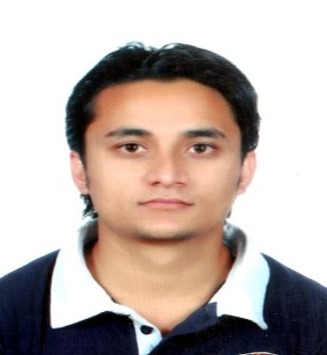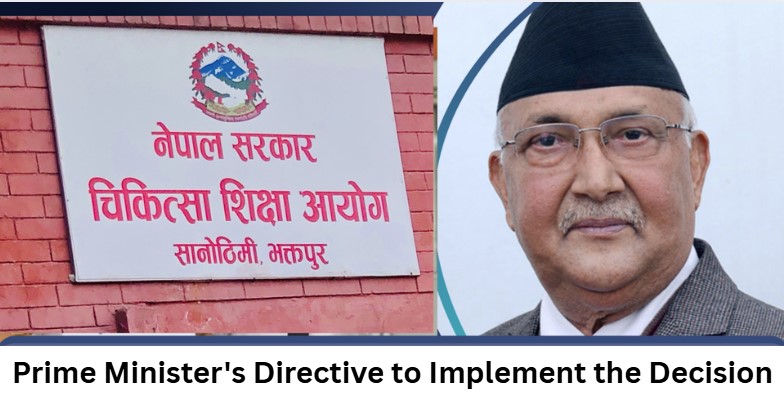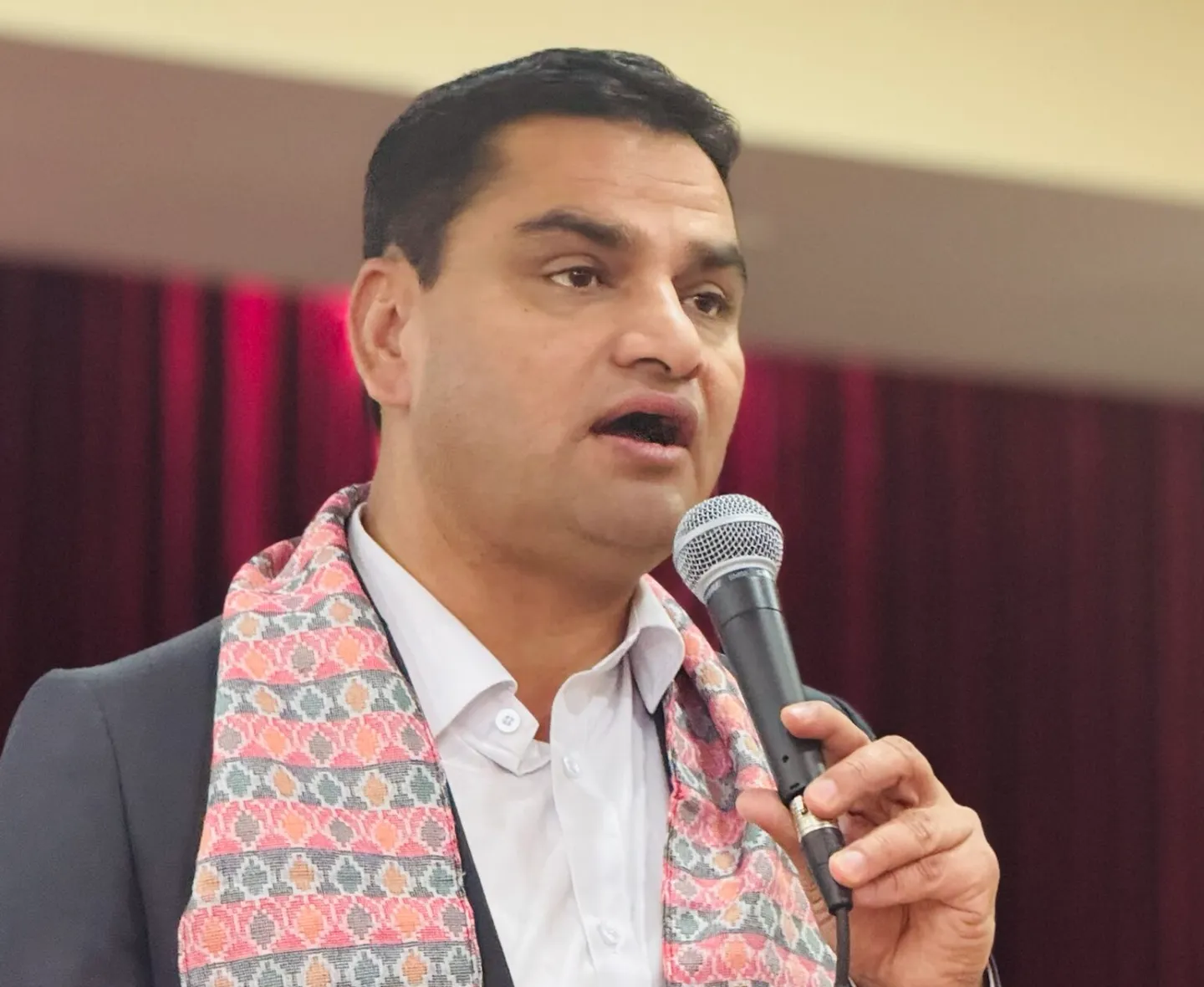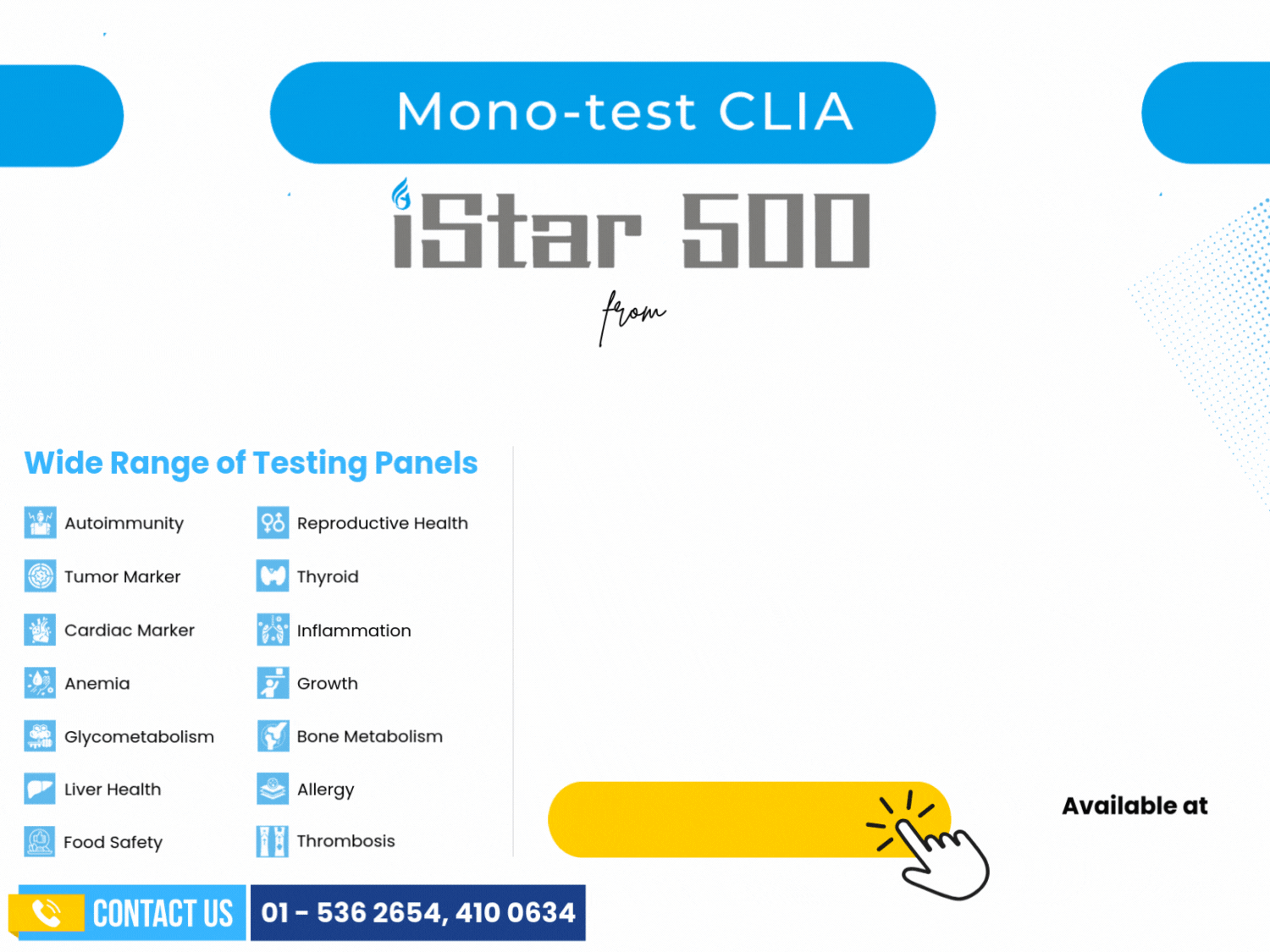
In a significant move to reduce the risks associated with Human Papillomavirus (HPV) and cervical cancer, Nepal has launched a comprehensive national strategy focused on integrating both vaccination and screening across generations. Supported by Henry Ford Health’s Global Health Initiative (USA) and executed by the GTA Foundation in partnership with Nepal’s Family Welfare Division, this groundbreaking program addresses the prevention of HPV in young girls while simultaneously promoting cervical cancer screenings for their mothers, aunts, grandmothers, and other women in their communities. The program is currently being implemented in Dhading, Bhaktapur, Kavre, and Sindhupalchowk districts, showing promising results in engagement and awareness.
A Cross-Generational Approach to Prevention and Care
The unique cross-generational model of this initiative empowers both younger and older generations with the necessary tools to prevent HPV infection and detect cervical cancer early. By combining education, awareness, and healthcare interventions, the program promotes health and prevention across the community, cultivating a culture of care. It not only addresses immediate HPV risks but also tackles broader public health concerns in Nepal, where cervical cancer rates have been rising in recent years.
National Collaboration: Government and International Partners Unite
This initiative is a collaborative effort between non-governmental organizations, international health bodies, and the Government of Nepal. The Nepalese government has actively supported this strategy, particularly through the Family Welfare Division, which has introduced a school-based HPV vaccination program. This program complements the broader cross-generational strategy and focuses on vaccinating girls aged 9 to 14 across the country. This school-based approach makes access to the vaccine easier for students and their families, contributing to the creation of a healthier future for the next generation of women in Nepal.
A Five-Phase Approach to HPV Prevention and Cervical Cancer Screening
The cross-generational strategy follows a structured five-phase approach, integrating both qualitative and quantitative methodologies to ensure the program’s effectiveness and sustainability. This systematic approach aims not only to raise awareness but also to overcome barriers to access and care.
Assessment: The first phase involved comprehensive data collection through surveys and interviews with 404 healthcare workers, 483 mothers, and 479 girls (ages 9-14). This phase offered valuable insights into existing knowledge, attitudes, and practices related to HPV and cervical cancer prevention. Identifying local barriers and gaps in knowledge helped tailor the subsequent phases of the program.
Development: Based on the assessment findings, this phase focused on developing training materials for healthcare providers and mobilization strategies for community leaders. Ensuring that healthcare workers and community leaders were well-equipped to promote vaccination and screening was a crucial step in the process.
Implementation: In this phase, healthcare provider training and community mobilization interventions were initiated. Workshops and sessions were organized for healthcare workers, Female Community Health Volunteers (FCHVs), and local mothers’ groups to educate them about the importance of HPV vaccination and regular cervical cancer screenings.
Evaluation: The program uses baseline and post-intervention surveys to evaluate changes in knowledge, attitudes, and practices regarding HPV and cervical cancer prevention. These evaluations help program organizers refine their strategies and improve future efforts.
Dissemination: The final phase focuses on sharing data and findings with key stakeholders through workshops and sessions, facilitating an ongoing dialogue about how to improve and sustain the program.
Education and Training: Empowering Communities
Education and training have been central to the program’s success. In Bhaktapur and Sindhupalchowk, the Training of Trainers (TOT) program trained 22 nurses to lead HPV prevention and cervical cancer awareness initiatives. These nurses, in turn, trained 185 FCHVs, 160 healthcare workers, and 31 members of local mothers’ groups, greatly expanding the program’s reach. Additionally, over 4,000 copies of HPV Awareness Educational Flyers were distributed across the intervention districts. These materials, tailored for teachers, students, and parents, played a critical role in raising awareness about the importance of the HPV vaccine and cervical cancer screening.
Ongoing Surveys to Measure Impact
To further assess the program’s effectiveness, a survey of 1,300 participants is planned. This survey will measure awareness of the HPV vaccine and cervical cancer screening following exposure to the training and educational activities. The data collected will help gauge the success of the awareness campaigns and educational efforts.
Sustainable Health for the Future
The long-term impact of this cross-generational strategy is expected to be profound. By focusing on both vaccination and early detection, the program provides a dual approach to combating cervical cancer in Nepal. Young girls are empowered to prevent HPV infection through vaccination, while older women, who are at a higher risk for cervical cancer, gain access to timely screenings. This initiative is aligned with Nepal’s broader goals for improving women’s health and combating cervical cancer, a disease with a high mortality rate in low-resource settings like Nepal.
The partnership between the GTA Foundation, the Henry Ford Health Global Health Initiative, and Nepal’s Family Welfare Division creates a robust framework for tackling HPV and cervical cancer prevention in Nepal. Through continued collaboration and sustained efforts, this initiative promises to make a transformative impact on women’s health in Nepal, offering hope for a future free from the devastating consequences of cervical cancer.
Niranjan Parajuli is a program officer at the GTA Foundation and the AI-Sarosh Secretariat.
Niranjan Parajuli
Published: April 9, 2025









